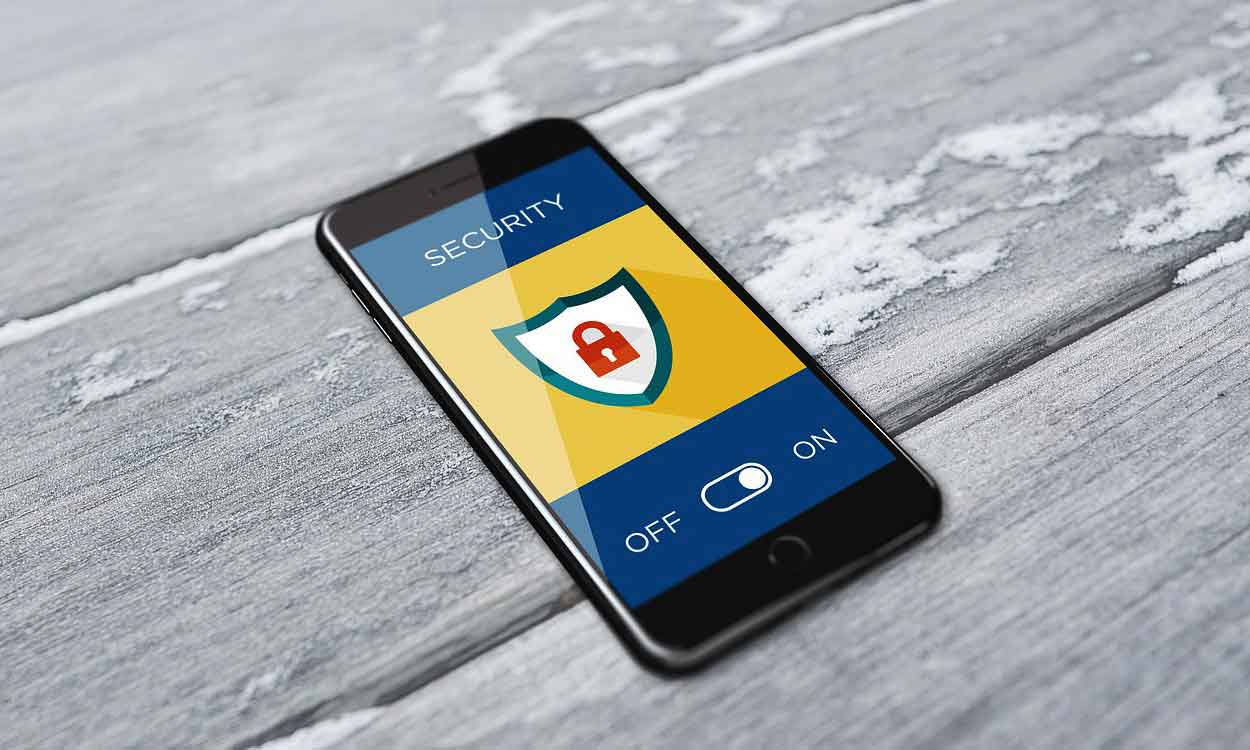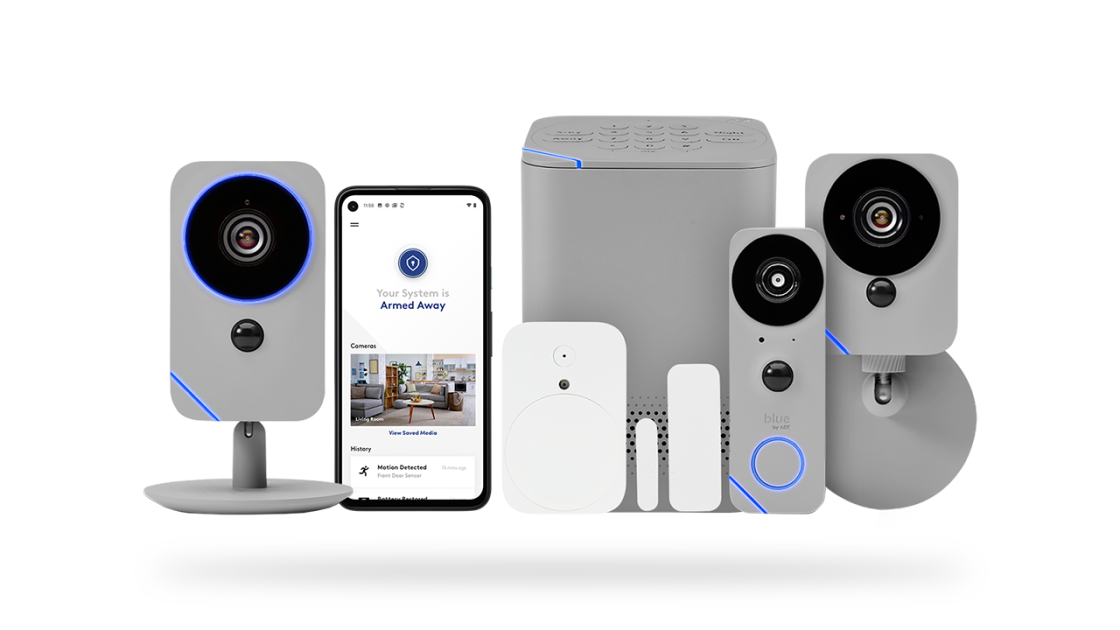Top 5 security hacks for iOS 14 and Android 11 – Tech Observer
If you have updated your Apple phone or your Android to the latest version – iOS 14 or Android 11 respectively – you may have noticed that they come with enhanced privacy controls. These new versions allow you to more easily check, and change, the personal information and phone features that individual apps can access.
So how about taking this opportunity to give your personal and work phones a mobile privacy health check? Even if you are running earlier OS versions – or do not have a smartphone at all – it’s still worth taking a few minutes to check the privacy settings in your digital life and ensure that they are where you want them to be.
Before you start
If you have loads of apps installed, don’t worry: you can check some of the most important permissions for all of them in one go. Alternatively, focus on the apps you use most. (If you do forget to check up on old apps, Android 11 will reset all “sensitive” permissions automatically if an app is not used for a few months.)
Watch out for apps that are asking for access to features or information that they very clearly don’t need – a calculator that’s insisting on using your camera and knowing your location, for instance.
If you have any apps like this, then you should be asking yourself, “Do I want this app on my phone at all?” It could be an overtly malicious app or overly-aggressive adware that’s out to collect as much information as possible for monetization through a data broker. If in doubt, don’t bother trying to tune up its privacy settings – get rid of it.
Top five things to check on iOS 14 and Android 11 to pep up privacy
For iOS 14 you can manage all your privacy settings through Settings > Privacy. On Android 11, the location of the Privacy section varies from device to device, so you may need to look around for the settings pages. However, the Android Permission manager page lets you see all app permissions in one place.
1) Location services
This is one of the most important permissions to check and both iOS and Android offer a centralized one-click block option that covers all apps. They have also made it easier to find out which apps already have permission to know…


